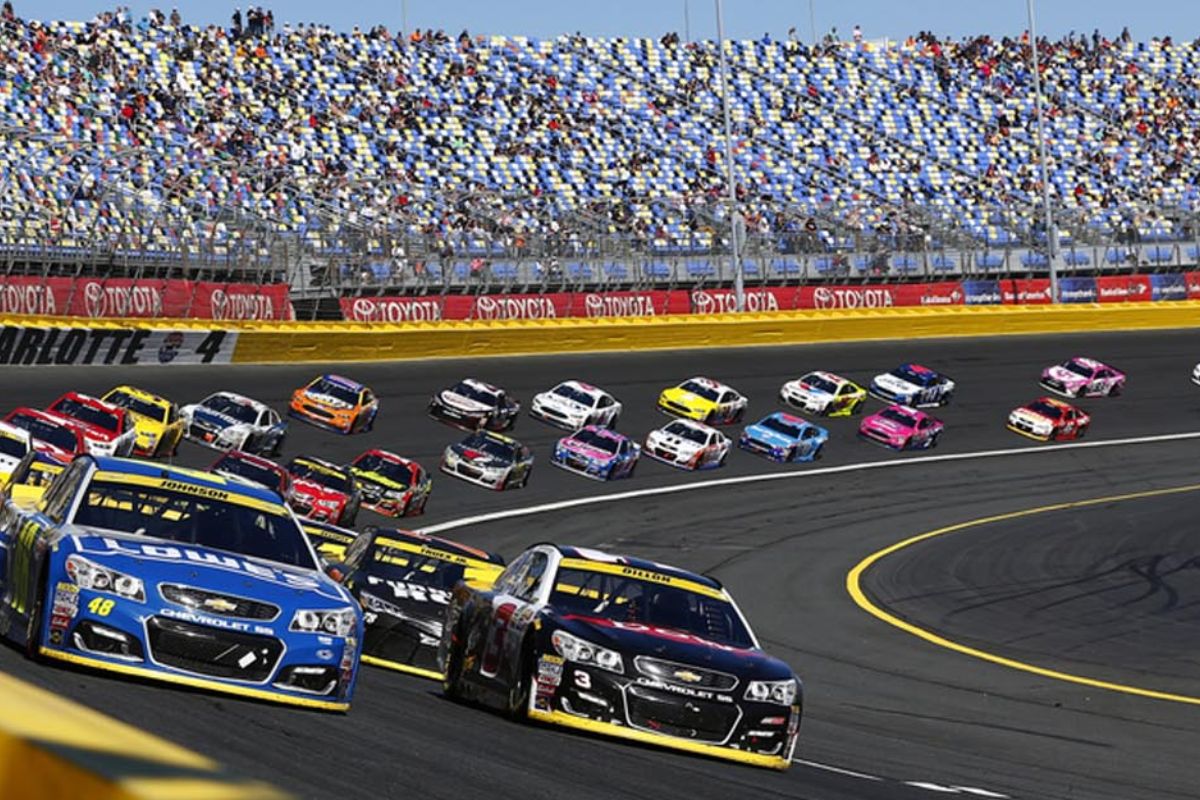NASCAR’s Modern Points System: In the world of NASCAR, the points system is the heartbeat of competition, guiding drivers towards victory and championship glory.
As the sport continues to evolve, so too does the formula for success. Diving into NASCAR’s modern points system reveals a strategic maze of calculations designed to reward consistency, performance, and resilience.
By dissecting the intricacies of this system, we can unravel the winning formula that separates the contenders from the pretenders on the road to NASCAR greatness.
Overview of the Current Points System
The current points system employed by NASCAR intricately balances rewarding consistency and race victories to determine the most deserving driver as the champion of the Cup Series.
Through a strategic allocation of points across various stages of a race, NASCAR ensures that drivers must not only perform well overall but also excel in specific segments to accumulate the necessary points for success.
This system promotes an engaging and dynamic environment where drivers must showcase both endurance and speed to secure their positions.

Regular Season and Playoff Structure
Within NASCAR’s competitive landscape, the structure of the Regular Season and Playoffs intricately defines the pathway for drivers to contend for the coveted championship title. The dynamics of the Regular Season and Playoffs are crucial in determining the ultimate champion. Key elements include:
- Regular Season Points Accumulation: Drivers earn points throughout the 26-race regular season, with the top 10 finishers receiving bonus playoff points.
- Playoff Berths: 16 drivers in the Cup Series secure playoff berths, with a race win guaranteeing a spot, and the regular season champion also earning a place.
- Playoff Point Reset: After the regular season, playoff driver points reset to 2000, with carried-over playoff points.
- Playoff Format: The Cup Series playoffs consist of 10 races divided into four rounds, each with three races culminating in the season finale.
This structured approach ensures a competitive and thrilling conclusion to the NASCAR season, where drivers must navigate the Regular Season and Playoffs effectively to vie for the championship title.
Evolution of the NASCAR Points System
Exploring the evolution of NASCAR’s points system unveils a transformative journey from its early purse-based distribution to the current intricately structured format, reflecting the sport’s adaptation to enhance competitiveness and fan engagement.
In the sport’s early days until the late 1960s, points were tied to the size of the prize money. Transitioning into the modern era, the system shifted to award points based on track length and distance covered, persisting until the early 1970s.
The most prominent and enduring points system was in place from 1975 to 2010, where the season champion was determined by the total points amassed over the races. However, this format faced criticism, prompting the introduction of the Chase format in 2004.
Over the years, the Chase format has undergone several refinements, leading to the current points system, which combines regular-season performance with playoff success to crown the ultimate NASCAR champion. This evolution underscores NASCAR’s commitment to innovation and staying relevant in the ever-changing landscape of motorsports.

News in Brief
In NASCAR, the points system serves as the backbone of competition, blending consistency and race wins to determine champions. The current system intricately allocates points across race stages, demanding drivers to excel in various segments. Key to this setup is the Regular Season and Playoffs structure, where drivers accumulate points and vie for playoff berths. The playoff format, with points resetting and a series of races culminating in the finale, ensures an intense battle for the championship. NASCAR’s points system has evolved from prize money-based distributions to the modern format, reflecting the sport’s adaptability and commitment to competitiveness. This journey highlights NASCAR’s innovation, aiming to engage fans and crown deserving champions in the ever-evolving motorsports landscape.
Our Reader’s Queries
Q. How are NASCAR points calculated?
A. In the current NASCAR points system, the race winner earns 40 points, followed by 35 for second place, 34 for third, and so on, using a 35-to-2 scale. Finishers from 36th to 40th receive one point each. Notably, there are no bonus points awarded for leading a lap or leading the most laps under this scoring structure. The focus remains on the finishing positions to determine point allocations.
Q. What are the points in NASCAR?
A. Drivers accumulate points in NASCAR based on their finishing position at the end of the race. Additional points can be earned by finishing in the top 10 at the end of race stages. Furthermore, the winner of each stage earns one playoff point, and the overall race winner receives five playoff points. This scoring system aims to reward consistency throughout the race and provides additional incentives for success in individual stages and overall race victories.
Q. How do you win Nascar series?
A. The NASCAR Cup Series Drivers’ Championship is presented by the Chairman of NASCAR to the most successful driver in the Cup Series over a season. The determination is based on a points system, considering race results and victories. This prestigious award, first given in 1949 to Red Byron, has seen 32 different drivers claim the Championship, highlighting the diverse talents and achievements within the NASCAR Cup.
ALSO READ: NASCAR Teams Payday Secrets Exposed: It’s All About Points!
